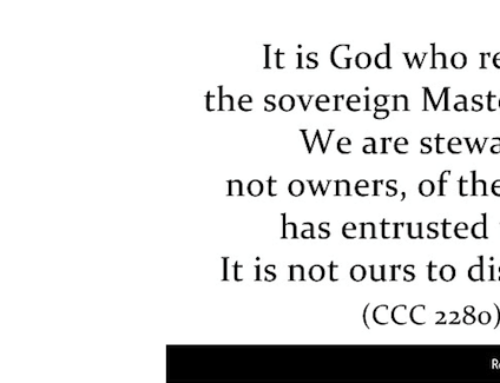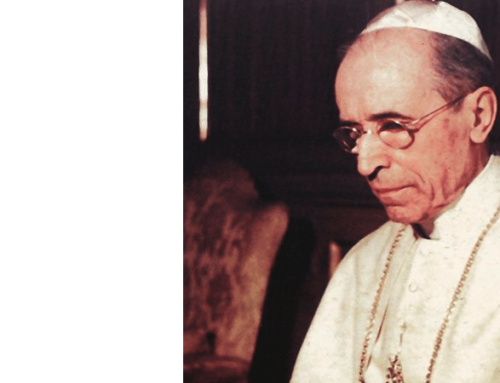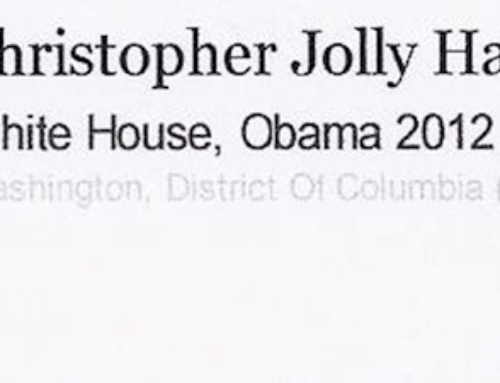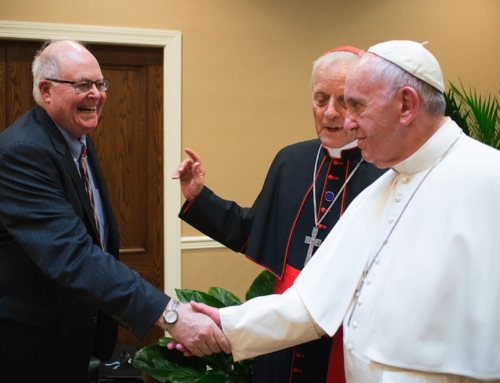This article by Bill Donohue was originally published by Newsmax on May 7, 2015.
“Catholicism Undervalues Women” was the title of an article in yesterday’s New York Times by columnist Frank Bruni. He should be careful about throwing the first stone: the Times has a notorious record of undervaluing women. Indeed, it worked hard to deny women the right to vote in 1920, a bit of history its everyday readers would find hard to believe.
There are 29 senior positions listed on the masthead of the Times today, and men control 19, or 66 percent, of them. There are six top jobs: publisher, chairman, executive editor, editorial page editor, chief executive editor, and chief information officer. Men control all of them. The lowest on the totem pole, secretary, is occupied by a woman.
Hiring is incestuous at the Times. Two powerful families, the Ochses and Sulzbergers, have run the newspaper since the late 19th century. Adolph S. Ochs took over in 1896 and made sure to put his daughter, Iphigene, on the board of directors. However, he denied her the right to work at the newspaper. Why? Because she was a woman.
Iphigene married Arthur Hays Sulzberger, and he conveniently succeeded her father. They had one son, Arthur Ochs Sulzberger, known as Punch, and he managed to take over the reins in 1963; his three sisters also sat on the board with him. The dynasty continued when Arthur Ochs Sulzberger Jr. took over as publisher in 1992; he was joined by his five cousins at the paper. The concentration of power hit new heights when Junior became chairman of the newspaper in 1997.
In 2011, the Times hired the first woman to run the newspaper, Jill Abramson. She was fired a year ago; a man took her place. It soon came to light that she was discriminated against because she was a woman. Indeed, she was paid considerably less than the male editor who preceded her, Bill Keller. This was no fluke: when she succeeded Keller as managing editor, she also received less than him in pay and pension benefits.
None of this sat well with females at the Times. Then it was learned that a former managing editor of news operations, John Geddes, was also making more money than Abramson. When her lawyer inquired about the disparity, the alarms went off.
It must be noted that Abramson was not the first senior female executive to be fired by Sulzberger. Janet Robinson, a friend of Abramson, was hired in 2004 to run the Times company, and she did a fine job for many years. Moreover, she and Sulzberger worked closely together. But their relationship soured once his new girlfriend, Claudia Gonzalez, entered the picture.
From all accounts, Gonzalez, a stately Mexican executive, wasn’t too keen on Robinson. It didn’t take long before the Sulzberger-Robinson bond began to break, and in December 2011 he canned her. She exited with a good-bye package worth $24 million.
Robinson was replaced by a man. Mark Thompson is the former BBC official who still claims he knew nothing about the behavior of Jimmy Savile, the serial pedophile rapist who worked at the company for decades. The evidence, as I have recounted elsewhere, is not supportive of Thompson’s claim.
These are not mere anecdotes. Just one year ago, the Women’s Media Center rated the nation’s top ten newspapers on gender hiring and the New York Times was dead last: it had the biggest gender gap — 69 percent of the bylines went to men. In the 1970s, the paper was sued for sex discrimination, and had to settle with 560 women employees. It took that to get the Times to launch an affirmative action hiring plan.
The New York Times likes to look down its nose at middle America, aka fly-over country. Yet Wyoming was the first state to allow women the right to vote. At that time, the newspaper of record was fighting hard to maintain the all-male vote. In 1915, when the suffrage amendment was defeated in New York State, no one was happier than Adolph Ochs, the paper’s owner.
The Catholic Church has biblical reasons, beginning with Jesus, for its teachings on ordination. What reason, other than prejudice, does The New York Times have for undervaluing women?
Dr. William Donohue is the president of and CEO of the Catholic League for Religious and Civil Rights, the nation’s largest Catholic civil rights organization. The publisher of the Catholic League journal, Catalyst, Bill is a former Bradley Resident Scholar at the Heritage Foundation and served for two decades on the board of directors of the National Association of Scholars. The author of six books, two on the ACLU, and the winner of several teaching awards and many awards from the Catholic community, Donohue has appeared on thousands of television and radio shows speaking on civil liberties and social issues. Read more reports from Bill Donohue — Click Here Now.







